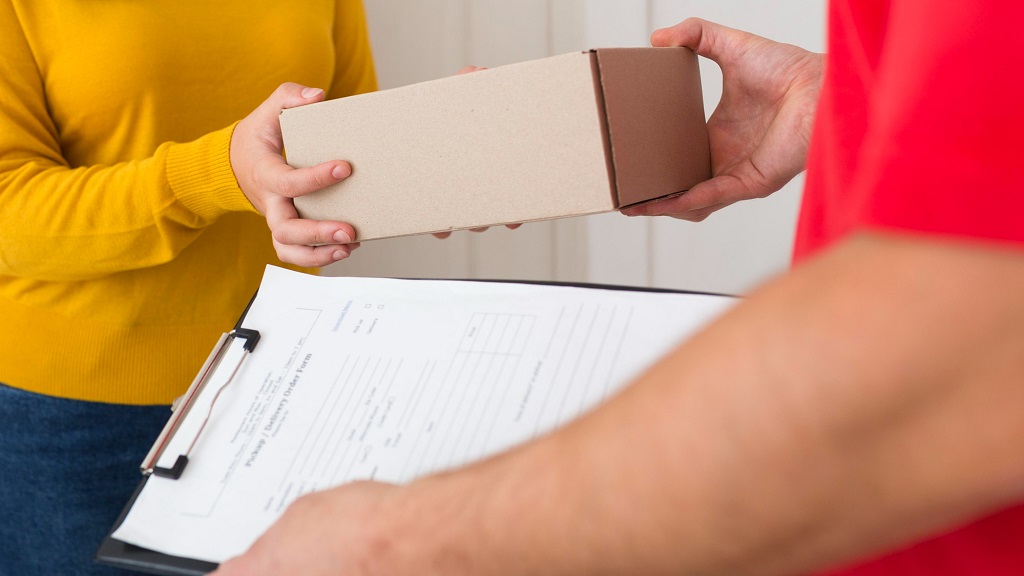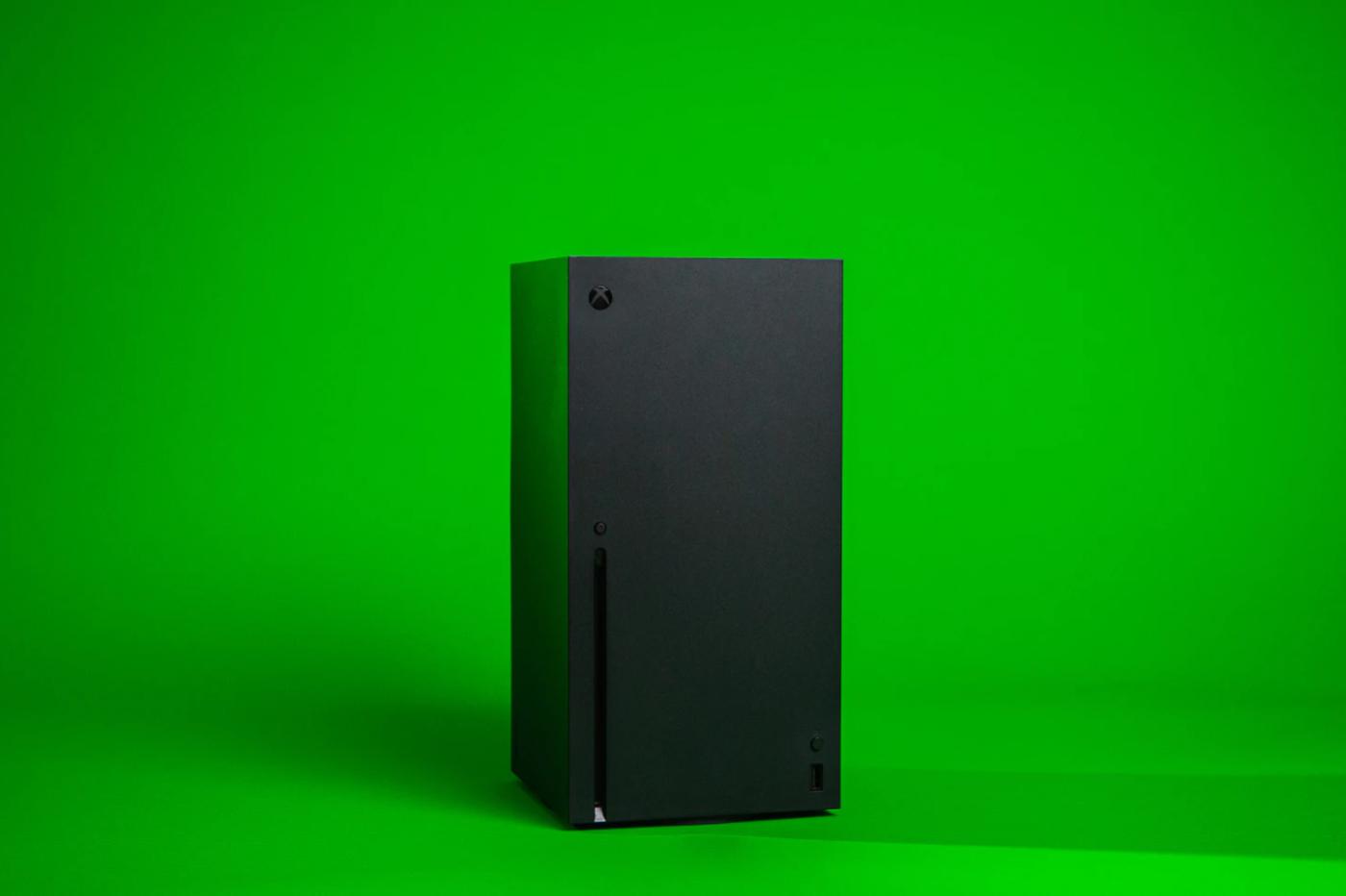
Society is increasingly aware of what it does with the products it buys. Not only as consumers, but also as companies. Among these measures that companies take is reverse logistics, which is a type of supply chain management in which the process flow is the opposite of the traditional one.
Round trip logistics complete the supply chain turning the delivery of the product to the customer into one more step in the chain instead of the final stage, thus addressing the comprehensive management of the product. Reverse logistics, in which it is the client who sends the product to the manufacturer, seller or SAT, among other actors, encompasses different services, such as management of DOAs (products with factory defects), withdrawal, return, repair, adaptation or recycling , as indicated by ANOVO.
Reverse logistics in figures
In the logistics distribution chain, in which the customer is the end point, it is the consumers themselves who decide how to dispose of the products. Although it is true that consumers are becoming more responsible, in Spain the recycling rate of municipal waste is high, 35% according to COTEC, and ideally some of these items would take a step back in the supply chain and be integrated into circular economy networks, instead of being discarded and ending their useful life.
This operation of incorporating the products into that circularity in which the product returns to its origin is what reverse logistics is based on. Round-trip logistics is undoubtedly a profitable business for companies since, among other things, it allows them to save on costs thanks to the reuse of equipment, the use of recycled materials instead of raw materials or to the reduction of storage costs, For example. In addition, reverse logistics helps companies contribute to the environment by extending the life cycle of products. We are also seeing the value of reverse logistics increase, which will exceed $958 billion by 2028, according to Statista.
Reverse Logistics Examples
In this context of growth, ANOVO has compiled a list with four examples of reverse logistics services that it has been offering to large companies for more than 20 years:
- Reconditioning of products: When a product is returned it can often be refurbished to give it new life. To do this, damaged or worn parts are replaced, cleaned and restored.
- Device repair: Electronic devices, such as smartphones, laptops or televisions, can be repaired instead of being thrown away. Often, we can extend the life of the device without having to buy a new one.
- Recovery of device components that can no longer be used: Some equipment can be disassembled to recover its components that can still be used in other products.
- Waste management: When products cannot be reused or repaired, they must be disposed of properly to minimize environmental impact. Reverse logistics also implies the handling and disposal of waste in a safe and responsible manner.



